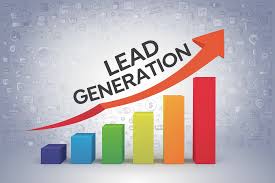
Mastering Lead Generation: Proven Strategies to Attract High-Quality Prospects
Generating consistent, high-quality leads is essential for any business aiming for long-term success. Without a reliable lead generation strategy, even the best products or services can go unnoticed. In a competitive marketplace, it’s crucial to adopt data-driven, multi-channel approaches that not only attract prospects but also convert them into loyal customers.
This guide explores powerful lead generation strategies designed to optimize your sales pipeline, improve customer acquisition, and fuel business growth.
1. Understanding the Importance of Lead Generation
1 Driving Sustainable Business Growth
Lead generation is the foundation of business expansion. By consistently attracting potential customers, companies can scale operations, improve revenue streams, and increase brand visibility.
2 Building a Strong Sales Pipeline
A steady flow of qualified leads allows businesses to maintain a healthy sales pipeline, ensuring continuous opportunities for customer conversion.
3 Enhancing Customer Acquisition
Targeted lead generation helps businesses reach individuals who are genuinely interested in their offerings, improving conversion rates and reducing customer acquisition costs.
2. Key Lead Generation Strategies for Success
1 SEO-Driven Lead Generation
Search engine optimization remains one of the most effective methods for generating organic leads. By optimizing website content and improving search engine rankings, businesses can attract users actively searching for related products or services.
2 LinkedIn Outreach
LinkedIn is a powerful platform for B2B lead generation. Through personalized outreach and strategic networking, businesses can connect with decision-makers, industry leaders, and potential partners.
3 Targeted Email Campaigns
Email marketing remains a cornerstone of lead generation. Personalized, value-driven emails help nurture leads, build relationships, and guide prospects through the sales funnel.
4 Content Marketing Strategies
Publishing high-value content such as blogs, whitepapers, and case studies positions businesses as industry leaders and encourages prospects to engage with their brand.
5 Paid Advertising and Retargeting
Pay-per-click (PPC) advertising, combined with retargeting strategies, helps reach potential leads who have shown interest in a company’s offerings but haven’t converted yet.
3. Best Practices for Effective Lead Generation
1 Define Your Ideal Customer Profile
Understanding who your target audience is allows for more focused and effective outreach. Identify key demographics, pain points, and interests to tailor messaging accordingly.
2 Implement a Multi-Channel Approach
Diversifying lead generation efforts across multiple platforms maximizes reach and increases the chances of attracting qualified prospects.
3 Focus on Value-Driven Content
Leads are more likely to engage with content that offers real value. Share educational resources, industry insights, and actionable tips that solve customer problems.
4 Optimize Landing Pages for Conversions
A well-optimized landing page should include clear calls-to-action, engaging content, and user-friendly design to encourage visitors to take the next step.
5 Continuously Analyze and Adjust Strategies
Use analytics tools to track lead generation performance. Regularly review data to refine strategies and ensure maximum ROI.
4. Common Lead Generation Mistakes to Avoid
- Neglecting Lead Qualification: Not all leads are created equal. Focus on prospects that fit your ideal customer profile.
- Overlooking Content Personalization: Generic messaging fails to resonate. Tailor outreach to individual needs and preferences.
- Ignoring Analytics and Performance Data: Regular performance tracking is essential for optimizing campaigns.
- Using a One-Size-Fits-All Approach: Different industries and audiences require unique lead generation strategies.
- Failing to Nurture Leads: Lead generation doesn’t end with capturing contact information. Follow-up and consistent engagement are crucial.
5. Industries That Benefit Most from Lead Generation Services
- B2B Companies: Connect directly with decision-makers and industry professionals.
- Real Estate Agencies: Attract high-intent buyers and sellers.
- E-commerce Businesses: Drive targeted traffic to product pages and increase sales.
- Marketing Agencies: Expand client portfolios with qualified prospects.
- Healthcare Providers: Improve patient acquisition and streamline appointment bookings.
6. Optimizing Your Lead Generation Process for Maximum ROI
1 Utilize CRM Systems
Customer Relationship Management (CRM) tools help businesses manage leads more effectively, track interactions, and personalize outreach efforts.
2 Automate Where Possible
Automated workflows for email campaigns, follow-ups, and lead scoring reduce manual tasks and streamline the lead generation process.
3 Prioritize Quality Over Quantity
While generating a high number of leads is important, focusing on qualified prospects ensures better conversion rates and long-term client retention.
Conclusion
Effective lead generation is the key to business growth. By implementing multi-channel strategies—such as SEO, LinkedIn outreach, targeted email campaigns, and content marketing—businesses can attract high-quality leads and convert them into loyal customers. With a focus on continuous optimization and data-driven insights, lead generation becomes a sustainable driver of long-term success.
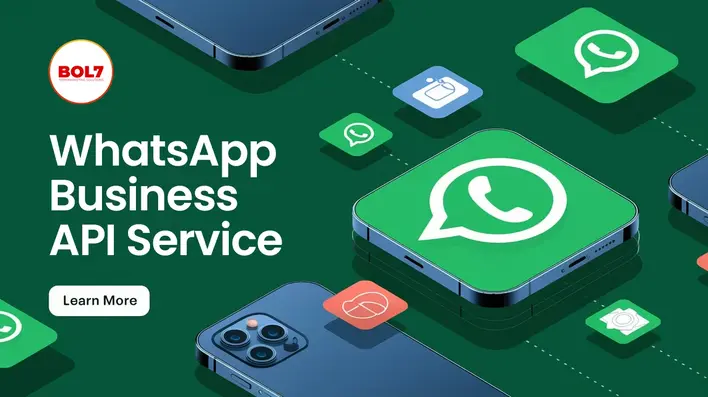
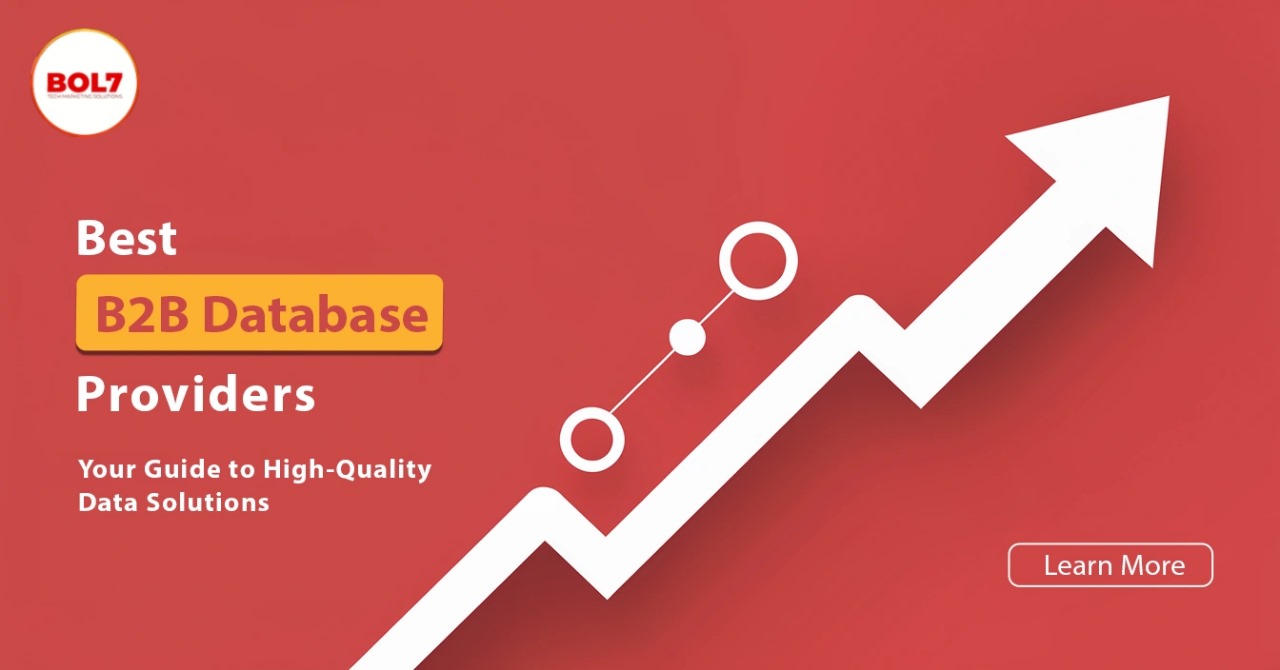




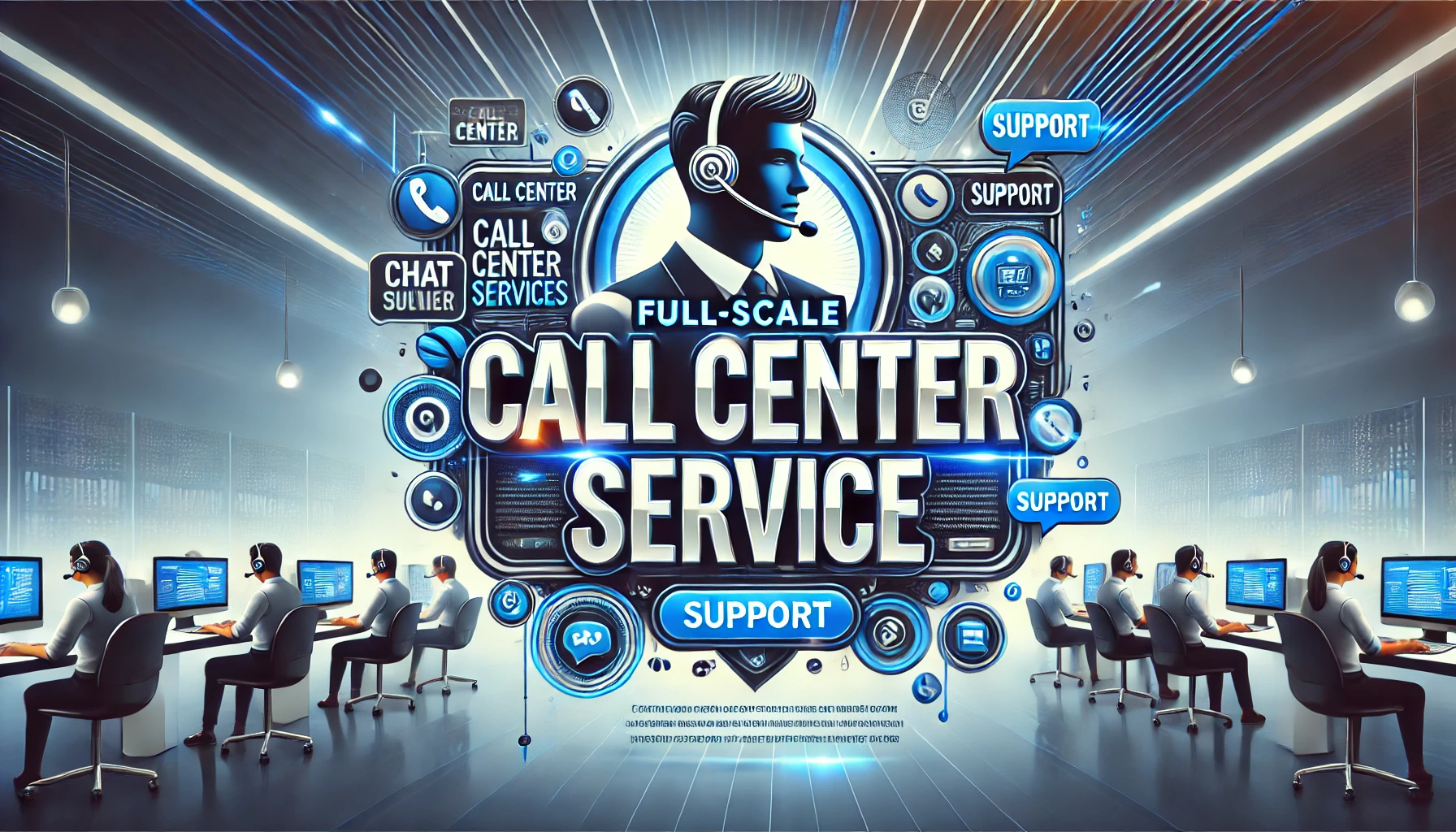
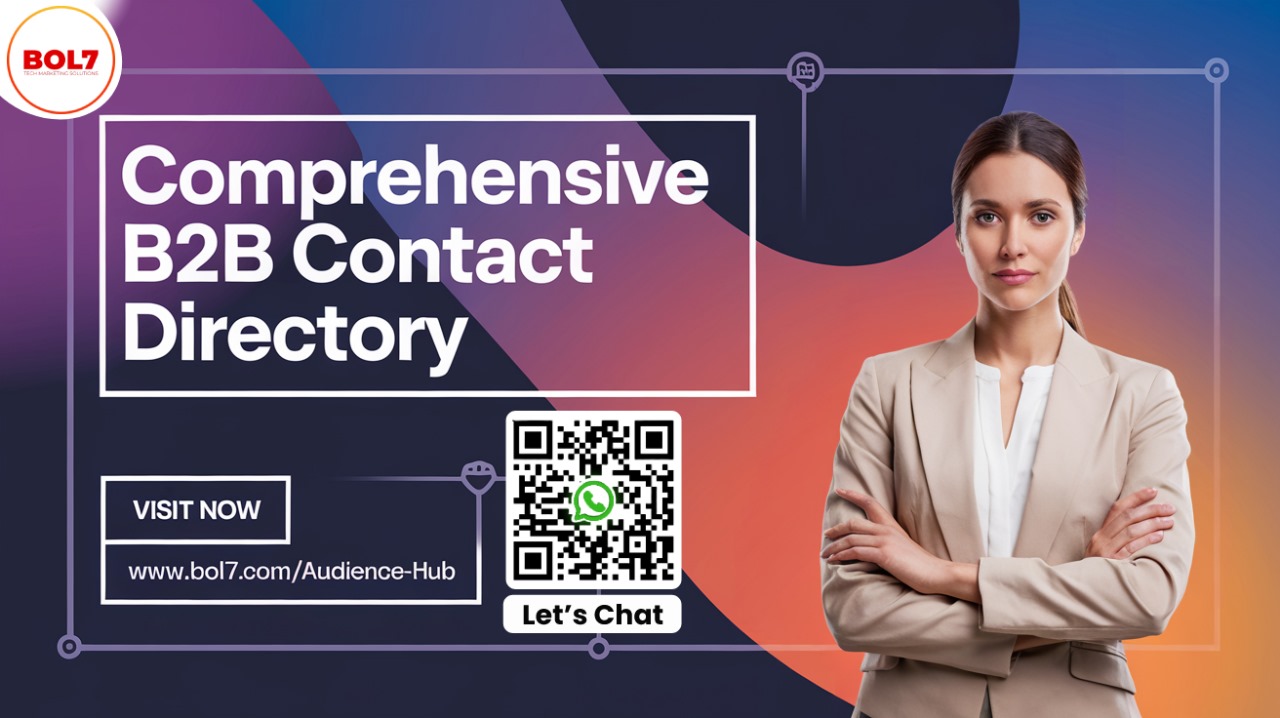
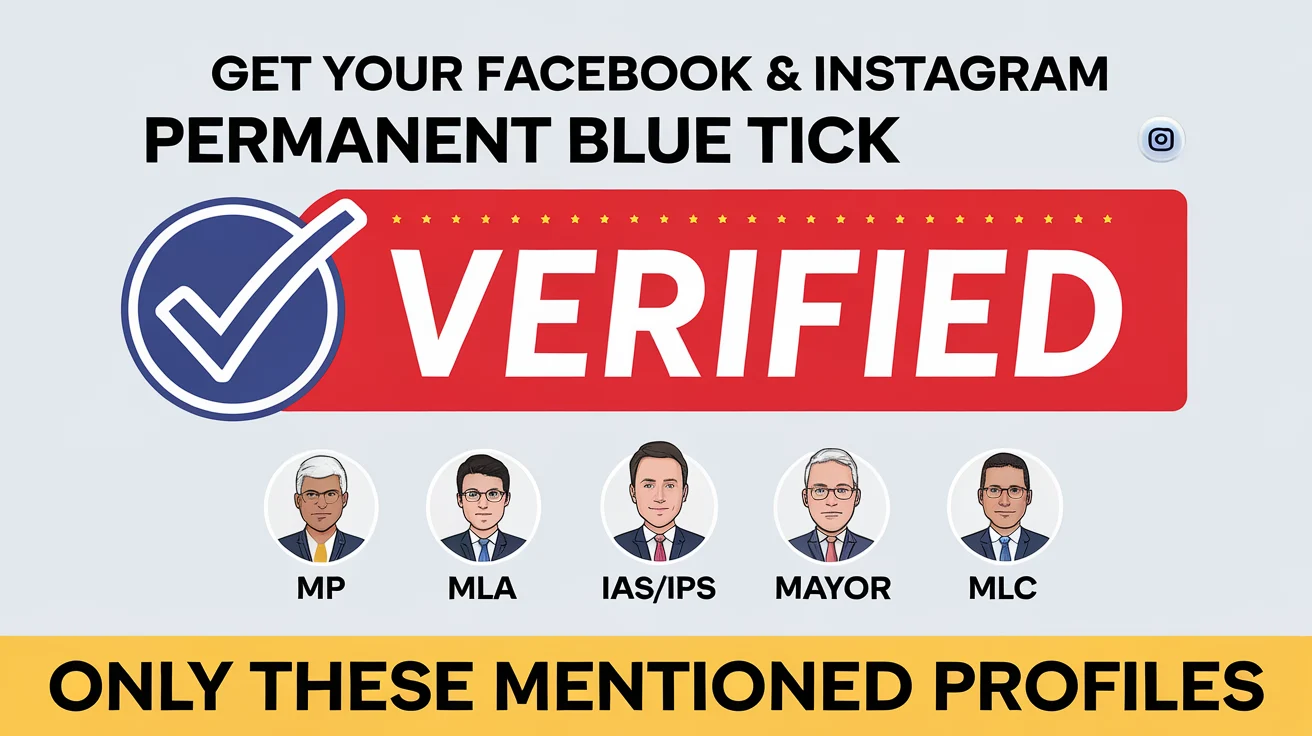

0 Comments